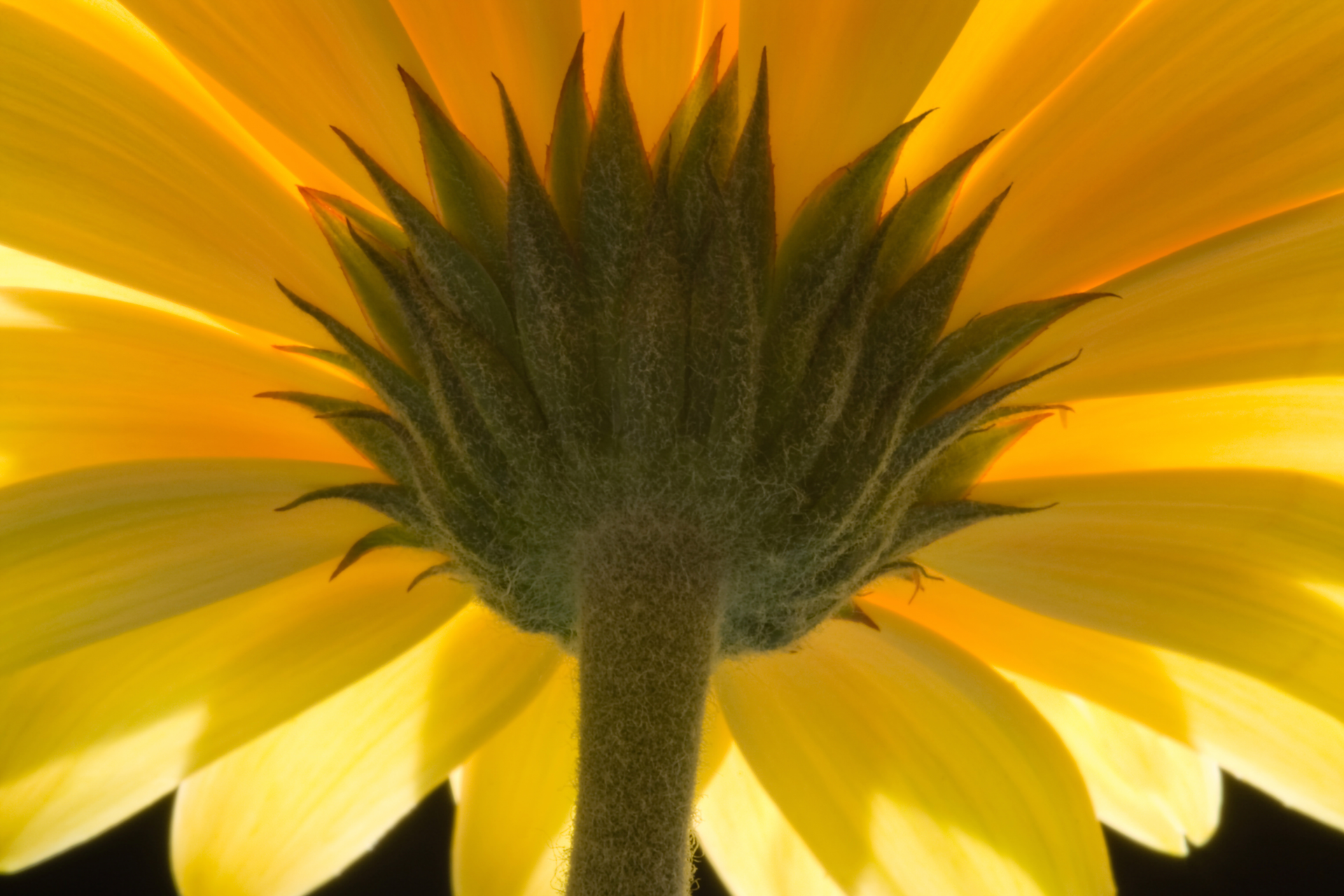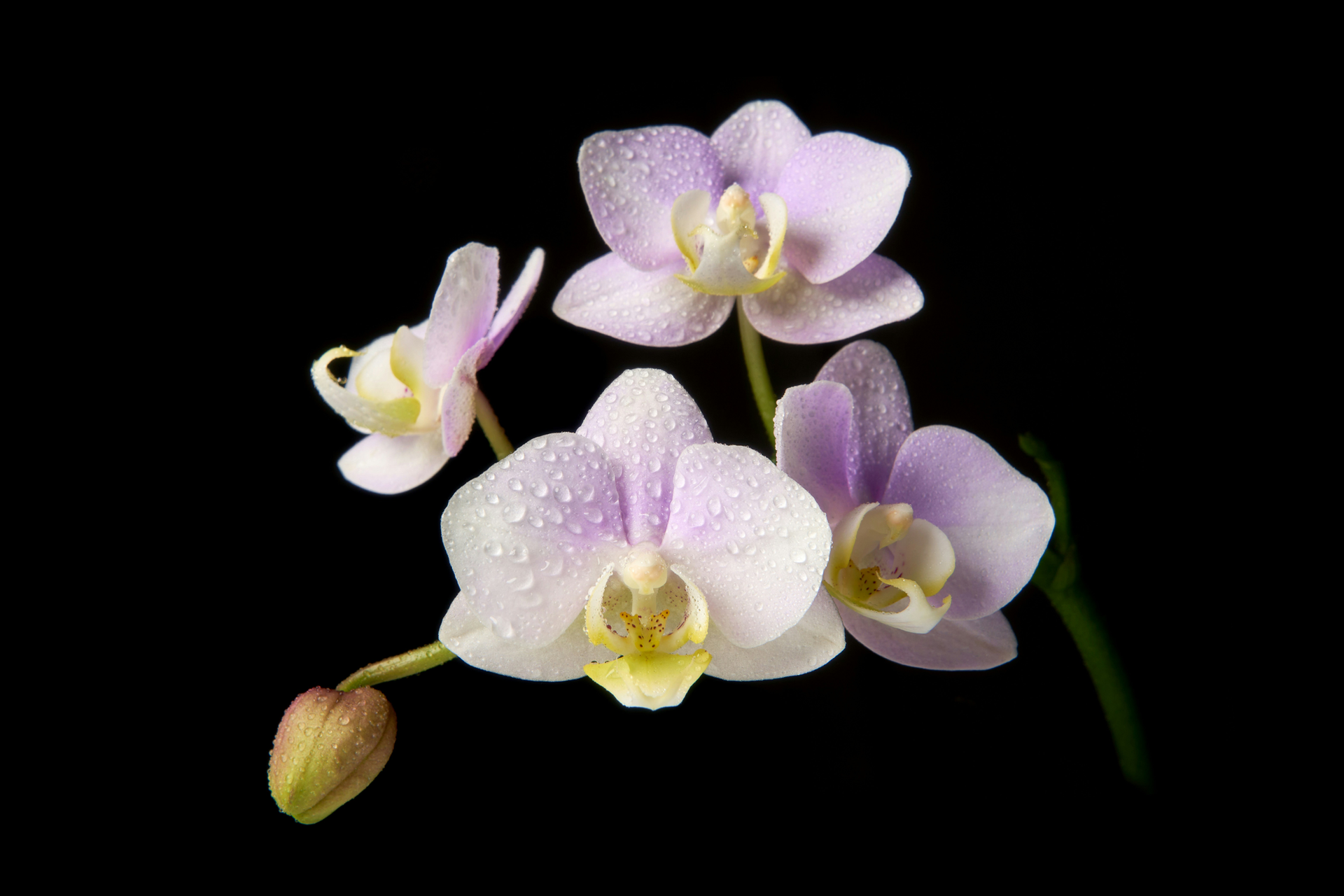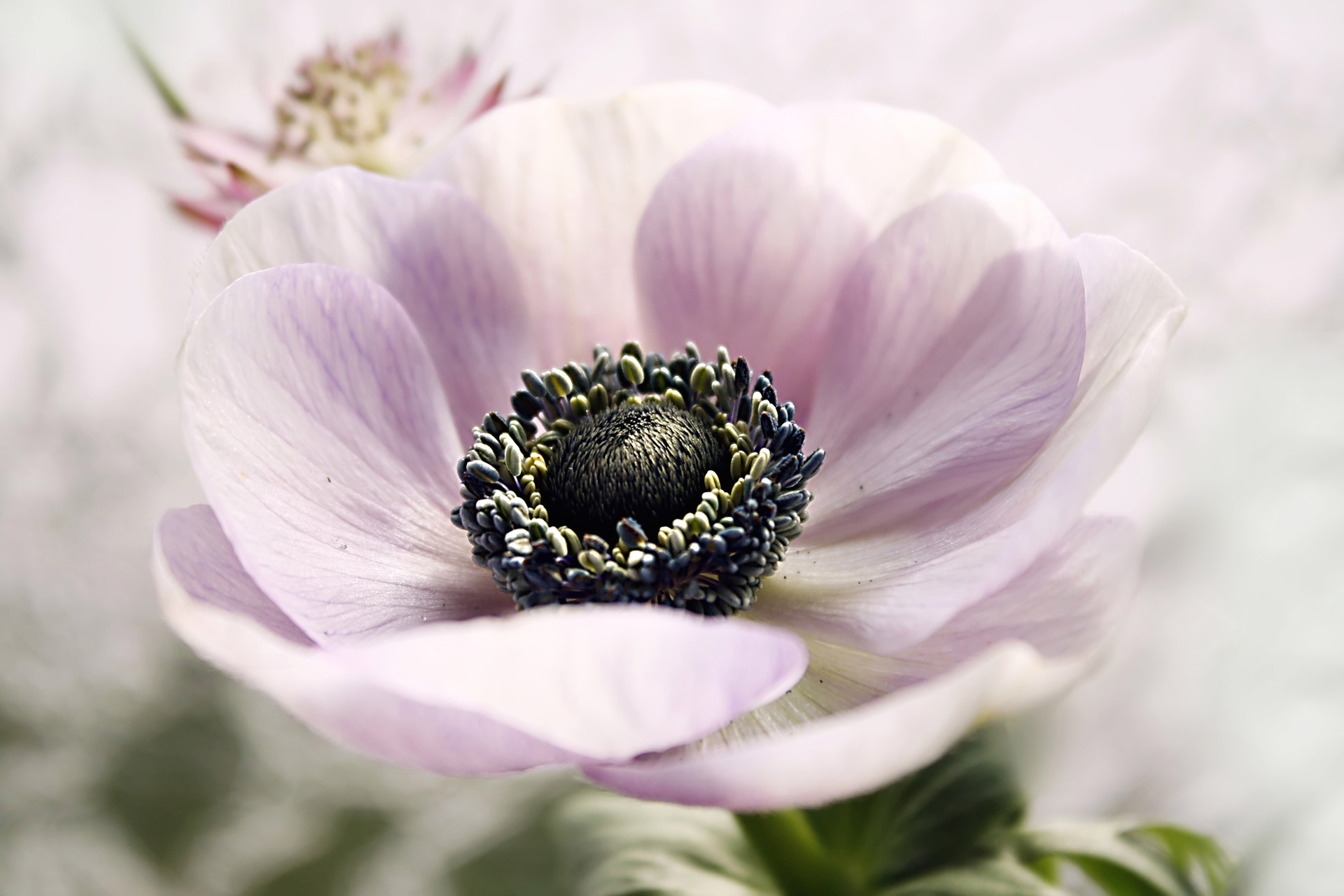Botanical Photography
Capturing the Beauty: A Guide to Photographing Flowers and Botanical Subjects
Flowers and botanical subjects offer a world of photographic potential, from delicate blooms to towering trees. Whether you're a seasoned photographer or just starting out, here are some tips to capture their beauty in stunning detail.
Light is Life
- Golden Hour Magic: The soft, diffused light of sunrise and sunset (often called the "golden hour") is ideal for flower photography. This light brings out details and textures without harsh shadows.
- Overcast Skies Diffuse Light: Don't despair on cloudy days! Overcast skies provide even, soft light that's perfect for capturing flower colors accurately.
- Diffusers and Reflectors: For harsh sunlight, use a diffuser to soften the light or a reflector to bounce light into shady areas.

Composition Considerations
- Simplify the Scene: Isolate your subject by removing distracting elements from the background. This helps draw the viewer's eye to the flower.
- Get Close and Personal: Don't be afraid to get up close! Macro photography allows you to capture the intricate details of flowers and other botanical subjects.
- Think Outside the Box: Experiment with different angles! Try shooting from above, below, or even macro shots of a single petal for unique perspectives.
- Leading Lines and Rule of Thirds: Use leading lines, like stems or branches, to draw the viewer's eye into the frame. The rule of thirds suggests placing your subject off-center for a more dynamic composition.

Mastering Macro
- Dedicated Macro Lens or Extension Tubes: A dedicated macro lens allows for high magnification and superior image quality. Extension tubes are a more budget-friendly option that increase the magnification of your existing lens.
- Focus Stacking: When shooting at high magnification, depth of field can be very shallow. Use focus stacking, taking multiple images at different focal points and combining them in post-processing for a sharper final image.
- Stability is Key: A tripod is essential for macro photography to ensure sharp images, especially at slower shutter speeds needed in low-light situations.

Background Matters
- Blur the Background: Use a shallow depth of field (achieved with a wide aperture) to create a dreamy, blurred background that isolates your subject.
- Choose Your Backdrop Wisely: A clean, uncluttered background allows the flower to shine. Look for natural backdrops like foliage, bokeh (blurred light spots), or even colored paper for creative effects.

Beyond the Bloom
- Capture the Essence: Flowers aren't just about the bloom. Include dewdrops, raindrops, insects, or even signs of decay to add narrative and emotional depth.
- Abstract Beauty: Experiment with close-up shots of textures, patterns, and shapes found in flowers, leaves, or bark.

Remember: Practice makes perfect!
Experiment with different techniques, have fun, and enjoy the beauty of the botanical world through your lens.
Upcoming Events
Canon Presents: Botanical Portraits - FREE Online Class
Wednesday, March 13, 2024 at 7:30 PM
Improve your plant photography and botanical portraits. In this online class, we will cover equipment, camera settings, and accessories needed. We will be discussing composition and showing sample images of plants and portraits in nature.
This is a class for people who enjoy plants and love nature. All levels of photographers.
Nutmeg State Orchid Society Show & Sale
Sunday, March 17, 2024 at 8:00 AM
Attention photographers: great portfolio-building opportunity!
On Sunday, March 17th, the Nutmeg State Orchid Society Show & Sale will be open from 8:00 AM to 9:45 AM for photographers only. Tripods will be allowed during this time. All tripods must be removed at 9:45 AM. $10 per person.



